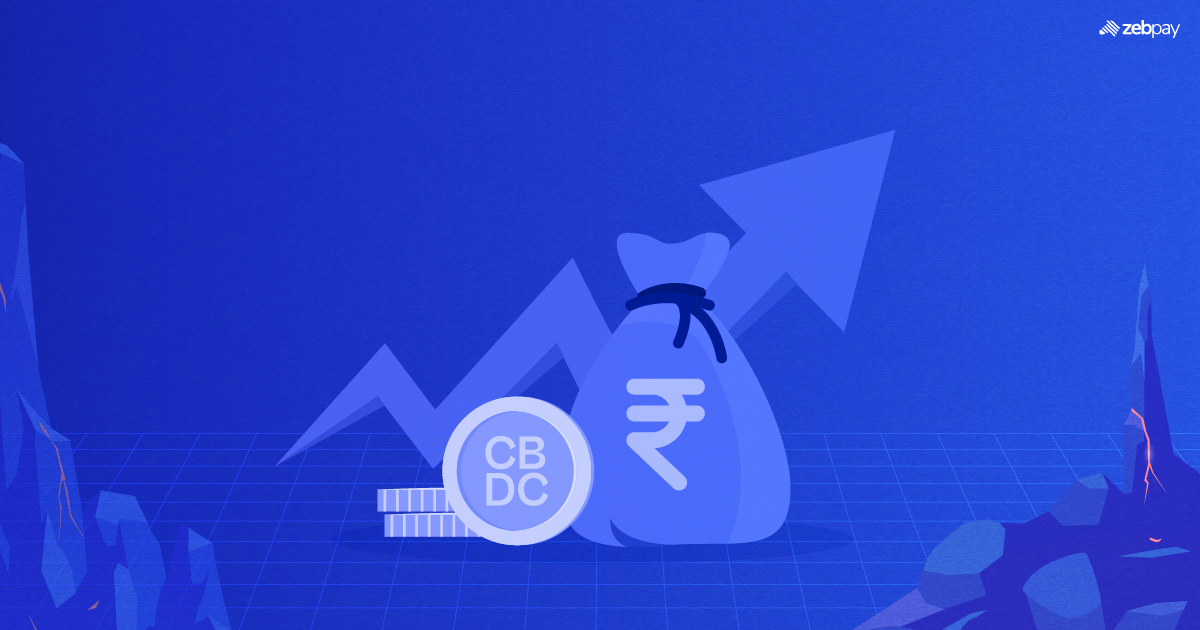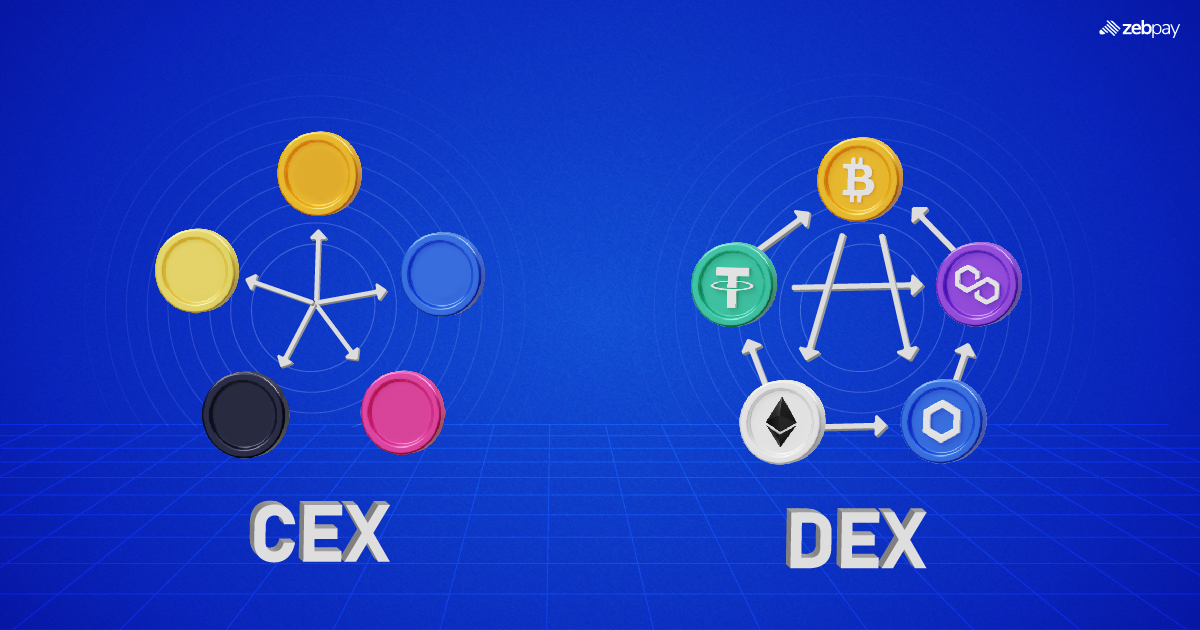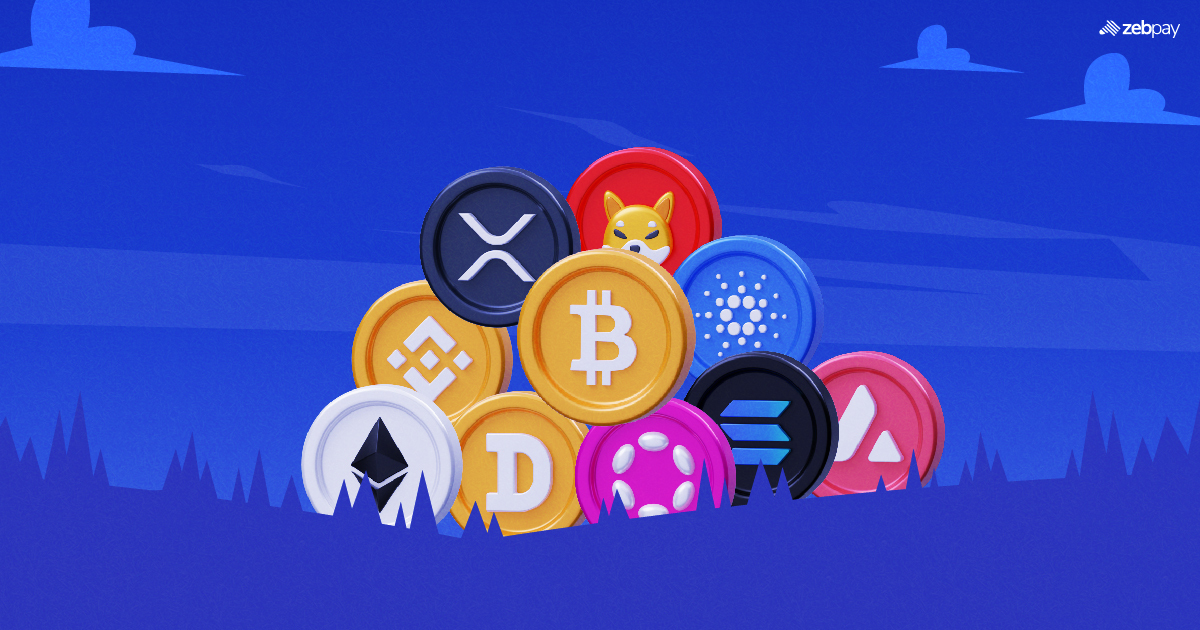CBDC, or Central Bank Digital Currency is a virtual currency issued by a country’s central bank. With the rise of crypto, central banks have realized the need to provide an alternative to physical money. CBDCs are managed on a digital ledger, which may or may not use blockchain technology to secure or speed up transactions between individuals and financial institutions.
An economic stimulus is a response by government to promote economic activity in the country. The government adopts expansionary economic policies to stimulate the economy. It is a part of monetary and fiscal policy that aims to direct government spending and tax policies to areas that can boost the economy.
CBDCs can address barriers to financial inclusion by offering banking services to the unbanked and participating in the digital economy. They can overcome prohibitive requirements by introducing tiered permission systems like the e-naira, simplifying access without IDs. CBDCs can serve as entry points for those looking to build credit and access digital banking services. Additionally, they can lower cross-border transaction costs and increase transaction speeds. They can help stimulate economies by strengthening economic resilience and livelihoods.
Understanding CBDCs
CBDCs are digital forms of fiat currencies that are backed by central banks. They function as a digital version of traditional money and are centralized and regulated by central banks. CBDC adoption is still in its early stages, but many countries are either researching its applications and infrastructure or have already started adopting them in their economies. They make financial transactions more efficient and faster. They also help provide banking services to people who live in remote areas and do not have access to financial services.
Read more: What is CBDC
Economic Challenges and Stimulus Measures
The global economy has been affected by many events in the past few years. Recent events like the Russia-Ukraine war and inflation has resulted in shaky global economic performance. The war sent energy and food prices soaring to record highs. It is also disrupting supply chains and becoming an issue for global economic recovery and growth. Central banks were forced to tighten economic rules by increasing interest rates in recovering economies. The war has also resulted in a severe energy crisis, further affecting the global economy.
Traditional economic stimulus measures include a stimulus package, a measure to stimulate and boost an underperforming economy. A stimulus package aims to boost the economy and stop the recession by increasing spending and employment opportunities.
More than 90 countries have explored the viability of issuing their own CBDCs, with many successfully launching their own CBDC, such as the Bahamas, which introduced the SAND Dollar in 2020 to increase financial services access and efficiency for its citizens. Economies and governments around the world can benefit from implementing CBDCs. CBDCs can improve their policy adoption efficiency, cut costs, combat illicit activities, broaden their tax base, and optimize services like disbursements of government aid. One of the most vital benefits of CBDC adoption is that it increases financial inclusion for the unbanked by lowering access barriers, such as assessing financial services through an internet connection.
Read more: Pros and Cons of CBDCs
The Role of CBDCs in Economic Stimulus
CBDCs can improve public service delivery, such as social welfare program disbursements, subsidies, and loans for farmers and other small to medium businesses. During emergencies, CBDCs can be used to disburse special relief funds. In India, one possible use case could be LPG gas subsidies. Citizens can receive LPG subsidies in CBDC, which can only be used at authorized LPG agencies. CBDCs can play a vital role in the last-mile implementation of government aid and schemes.
Empowering Financial Inclusion and Accessibility

CBDCs can help provide access to financial services to the unbanked and have many other benefits for their users.
- Financial inclusion: CBDCs can improve financial inclusion by offering secure banking services to disadvantaged citizens. It can help deprived citizens participate in the formal financial system.
- Monetary Policy: CBDCs can help transmit monetary policies more efficiently. Central banks can modify interest rates and CBDC issuance to have a direct impact on liquidity and the money supply. Its goals, such as economic growth and price stability, can be controlled more accurately.
- Improved payment efficiency: CBDCs can make financial transactions more effective and reduce the burden on conventional payment systems. It can enable instant peer-to-peer transfers and quick cross-border transactions.
- Low costs: CBDC can lower costs associated with transaction intermediaries and infrastructure.
Encouraging Innovation and Entrepreneurship
CBDCs can enable instant and secure digital transactions, track fraudulent activity, and increase digital banking adoption. They can foster an ecosystem of new business models and startups. They can also be used for DeFi services such as lending and borrowing. Smart contracts can be integrated with CBDCs to automate processes and enable complex financial transactions. CBDCs powered by smart contracts can help SMEs automate regulatory compliance enforcement and conditional payments.
Mitigating Risks and Challenges
There are privacy and security concerns around CBDC adoption. Robust security infrastructure and measures, privacy-enhancing systems, and encryption protocols are needed to address concerns about protecting user data and maintaining privacy. It is vital to have a regulatory framework in place to increase CBDC adoption. Data protection and privacy regulations can deal with issues around data privacy, customer protection, and cross-border transactions. These regulations can also help with know-your-customer (KYC) and anti-money laundering (AML) compliance.
A regulatory framework is essential to find balance between innovation, security, and compliance. CBDC systems should integrate robust security measures such as multi-factor authentication, encryption, and biometric verification. They should ensure transaction integrity and confidentiality by implementing digital signature systems. Strong security measures such as intrusion detection systems, network monitoring, regular security audits, and firewalls can be implemented to defend CBDC systems.
International Collaboration and Exchange Rates
Collaboration and information sharing between central banks are essential to addressing cross-border transaction challenges and promoting interoperability. Central banks must create strategies to deal with regulations and capital control when handling global CBDC transactions. There is a need to set up legal frameworks to facilitate cross-border CBDC transactions, considering international jurisdiction issues and other legal obligations. Countries should take part in international collaboration to promote compatibility with different CBDC systems and address regulatory issues. They should establish common standards and protocols, which is only possible by working with central banks and international standard-setting organizations.
Public Perception and Adoption
Central banks should launch public awareness campaigns to inform citizens about the characteristics and advantages of CBDCs. They should explore all communication channels to reach a wider audience. They can create user training programs to educate the public about the setup, security, and operation of CBDCs. They can also offer manuals and workshops to help the public feel confident using CBDCs. Governments should create targeted educational programs that are tailored to specific user groups, such as vulnerable and underserved groups.
Read more: CBDC vs Crypto
Summary and Conclusions
CBDCs can play a big role in stimulating economies, especially by delivering subsidies and other social welfare programs. The main advantage of CBDCs is that they can provide financial services to the unbanked or other underserved groups. They can help central banks transmit monetary policies more efficiently. There are privacy and security concerns, but strong regulations can help mitigate these issues. Countries must work together to establish common standards and protocols to facilitate cross-border transactions.
To stay up to date with the latest crypto news, visit ZebPay blogs. Click on the button below to trade on ZebPay.
Faqs on Role of CBDCs in Economic Stimulus
What is the difference between CBDCs and crypto tokens?
Crypto tokens and CBDCs are both digital technologies but they differ in their underlying technology, control, and regulations.
How can CBDCs stimulate economic growth and recovery?
CBDCs can provide financial products to the unbanked and help deliver monetary policies, welfare programs, and other government aids more efficiently.
What are the risks associated with implementing CBDCs for economic stimulus?
There are privacy and security risks associated with implementing CBDCs for economic stimulus. There is a risk of hacking vast amounts of sensitive public data.
Will CBDCs replace traditional fiat currencies?
CBDCs will not replace fiat currencies but improve and support the current infrastructure.







